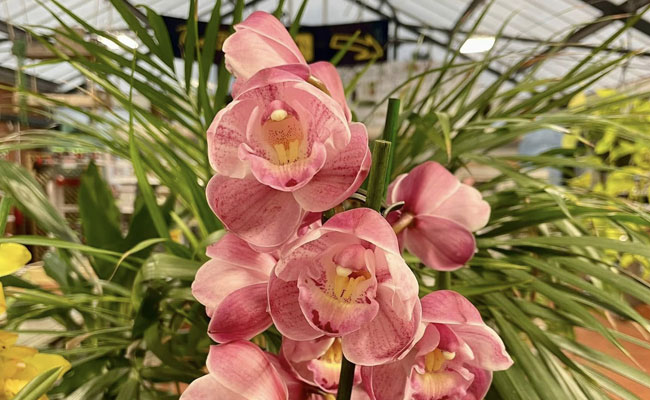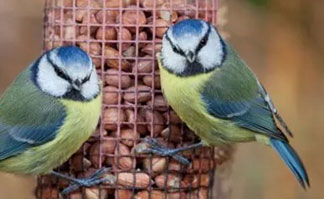
Dine in Style
Under the majestic Oak beams of the Barn Restaurant, for afternoon tea to burger and beer, every meal's a treat...

Houseplants
Houseplants make a home, come and browse our selection of plants plus eveything you need to keep them healthy and happy...

Breakfast
The most important meal of the day, served daily, freshly cooked using local ingredients, delicious and satisfying...
see the menu

Electric Machinery
Come and see our new range of Eco garden machinery, suprising power, simplicity and durability guaranteed...

Garden Centre
Gardening is the heart of Baytree, it's how we began and it remains
the most important part of our centre. We never compromise with our
plants, we only stock the very best and thats a promise...

Landscaping
Modern gardens are no longer just about plants but they do play a
major factor. In our landscaping department you'll find quality,
stoneware, water features and patio kits...

Garden Furniture
Our furniture department is bursting with top quality modern patio
furniture from the world's leading manufacturers plus one of the
most impressive ranges of gas and charcoal barbecues in...

Wild Bird care
We have a great selection of feeds and feeders for the birds in your garden, there's somethong for every shape and size of winged visitor...












